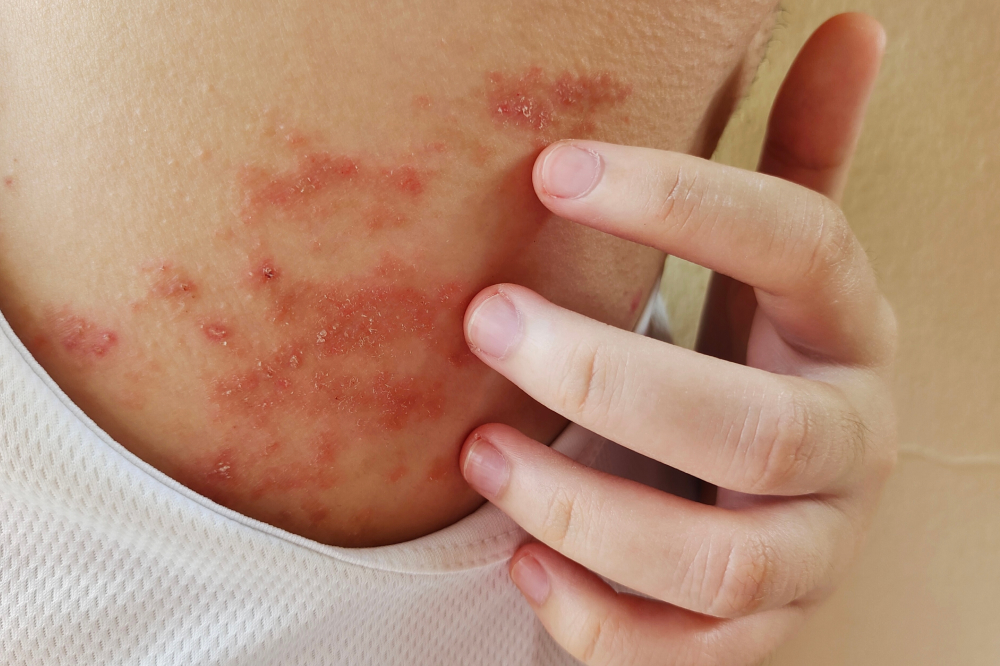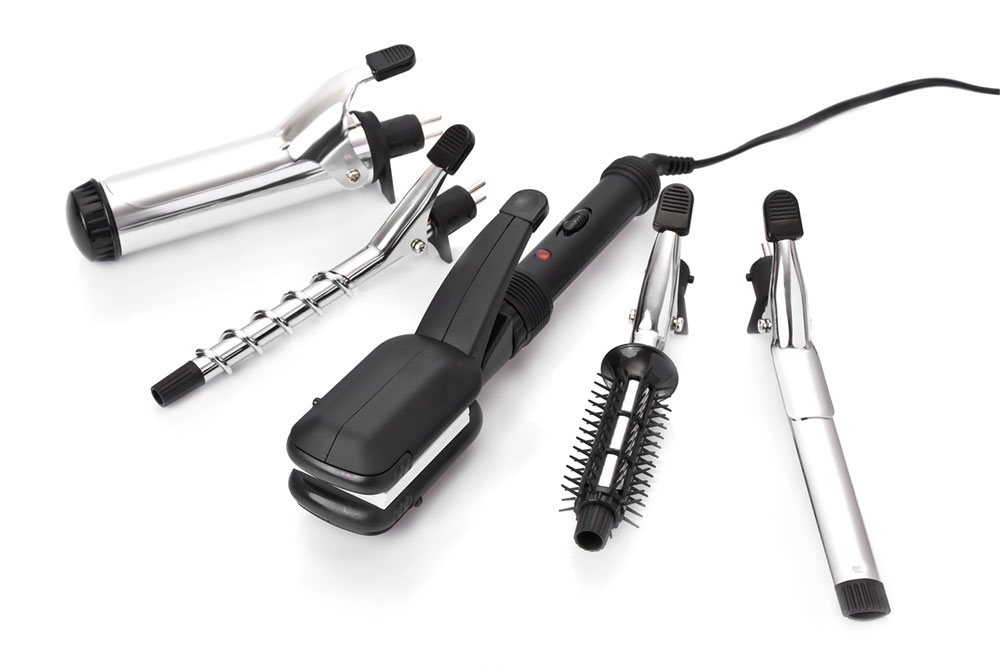3 effective ways to manage atopic dermatitis

Atopic dermatitis, also called eczema, is an inflammatory skin disorder affecting approximately 16.5 million adults across the country. It could develop at any age due to genetics, environmental factors, and stress. The most common symptoms include red, scaly, and itchy rashes on the skin. These rashes tend to flare periodically and are often accompanied by physical discomfort, emotional burden, and disturbed sleep. Here are the treatments, meal plans, and lifestyle tips for managing atopic dermatitis:
Treatment options
Since atopic dermatitis is a long-term skin condition, patients need professional assistance. Below are some popular treatment options:
- DUPIXENT
Doctors recommend this treatment option for adults and children over six months to treat mild-to-severe atopic dermatitis. It is ideal for those who do not get better with topical ointments or therapies. DUPIXENT is administered subcutaneously under the skin, targeting the key source of inflammation. The possible side effects include eye problems, joint pain, and allergic reactions. - CIBINQO
It is a once-daily oral treatment for people with moderate-to-severe eczema. CIBINQO targets a specific protein responsible for inflammation, providing relief from symptoms like itchy skin. The treatment is available in multiple dosage options, and one can consult a doctor to understand the correct dosage as per their requirement. The side effects include a common cold, headache, nausea, and an increased risk of bacterial and fungal infections. - Upadacitinib
It is an FDA-approved oral treatment for moderate-to-severe eczema in adults and teenagers over 12 years who have not responded to other treatments. Studies show that it can offer significant relief from itching within a week, and the skin clears up significantly in about 16 weeks of use. The side effects include headache, cough, and nausea. - EUCRISA
It is a gentle topical solution that actively targets an enzyme called PDE4, responsible for persistent eczema flare-ups. EUCRISA can treat mild-to-moderate eczema in adults and babies as young as three months. Its most common side effects include burning or stinging at the application site.
Foods to eat and avoid
Since atopic dermatitis results from inflammation, patients should add anti-inflammatory foods to the meal plan. One can consider fatty fish like salmon, herring, and tuna. These are rich in omega-3 fatty acids, which have anti-inflammatory properties that are great for this skin condition. Another compound to look for in foods is quercetin, a plant-based flavonoid with potent antioxidant and antihistamine properties. Quercetin helps reduce inflammation, thus lowering atopic dermatitis flare-ups and symptoms. Foods high in quercetin include apples, blueberries, spinach, kale, and cherries.
Some foods are triggers of atopic dermatitis and hence should be avoided. For instance, citrus fruits like oranges, limes, lemon, mulberries, and grapefruit have chemicals that may trigger a flare-up and worsen the symptoms. Some other foods that may cause allergies or an unwanted reaction include dairy products, eggs, soy, and nuts. Furthermore, eczema patients should steer clear of sugary foods and beverages like cakes, sugary smoothies, sodas, canned juices, and doughnuts. They can lead to a spike in insulin levels, triggering inflammation, which, in turn, triggers eczema flare-ups.
Lifestyle changes
Atopic dermatitis patients can make specific lifestyle changes to manage the condition better. The following are some examples:
- Choose comfortable clothing
Tight clothes can easily irritate the skin due to limited air circulation. People who sweat more should be extra cautious as the accumulated bacteria poses a high risk of infection. Symptoms like itching could worsen, making it hard to focus on routine tasks. So, relaxed outfits should be the first choice when combating atopic dermatitis. Besides a comfortable fit, opting for organic clothing materials could be rewarding. Cotton or khadi are skin-friendly. Some fabrics also absorb sweat quickly and limit perspiration. - Avoid going out in the sun
Too much sun exposure can worsen eczema. It can easily cause sunburns, especially in those with sensitive skin. Individuals with the disease must therefore protect the skin with an extra layer of clothes, especially in the summer. Full-sleeved shirts and hats are suitable to cover as much skin as possible to avoid a flare-up. - Moisturize the skin well
Patients should use a good quality moisturizer before bedtime and once after taking a shower in the morning. It helps tackle dry skin, which is more prone to itching, rashes, and blisters. While adults can apply a generous coat of moisturizer, children can use a thin coat as their skin is soft and sensitive. One should also avoid scratching the skin as it can cause blisters or marks. - Avoid warm baths
A hot shower after a long day sounds soothing. But hot water can rob the skin of moisture. It is among the primary reasons for developing dry skin, and it must be avoided as much as possible. A lukewarm bath is ideal. One can also add natural exfoliants like oatmeal or baking soda to the water as it helps rid the skin of dead skin cells and lowers the risk of infections.
These are a few simple ways to get substantial relief from the discomforting symptoms of atopic dermatitis. But patients must consult a dermatologist for better guidance before using these treatments and remedies. Every case is different, and people have different skin types too.









